When we arrived at his house and asked about the battle of the Air Defense Force in Vinh Linh ( Quang Tri ), Colonel Pham Son's eyes suddenly lit up. "Thinh was sitting right next to me... he died in my arms." After saying that, Colonel Pham Son fell silent, memories from more than half a century ago suddenly flooded back...
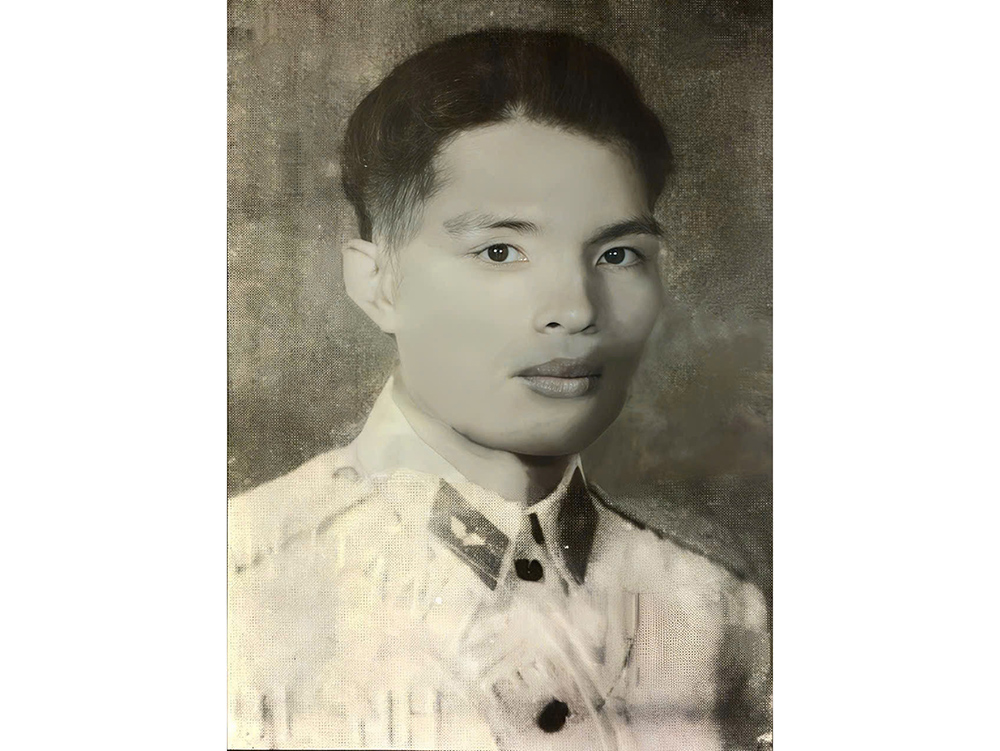 |
| Hero of the People's Armed Forces, martyr Le Hong Thinh. |
The young commanding officer in Colonel Pham Son’s story was Lieutenant, People’s Armed Forces Hero Le Hong Thinh. He died in the middle of a fiery battlefield when a Shrike missile from an American plane crashed straight into the command vehicle. But before that fateful moment, he calmly guided our missile to hit the target.
In mid-1966, the 238th Missile Regiment, consisting of 4 battalions (81, 82, 83, 84), marched into Vinh Linh, Quang Tri to fight and learn how to fight B-52s, because according to the assessment of Uncle Ho and the Party Central Committee: "Sooner or later, the US imperialists will send B-52s to bomb the North". At that time, Vinh Linh was known as the "ring of fire" due to continuous bombing by the enemy's air force, navy and artillery. To carry out the mission, the 238th Regiment had to move a huge amount of equipment from Hanoi to Vinh Linh, most of which had to go along the newly opened strategic road, with many steep passes and deep ravines, which the enemy often controlled and fiercely attacked.
However, above all, the most haunting thing for the Air Defense Forces is the Shrike missile - the radar-hunting demon. When the troops broadcast radar signals to find targets, the Shrike is also launched from enemy aircraft, following the radar waves, and rushing straight into our positions with extremely destructive power. Any position hit by the Shrike will certainly lose its ability to fight.
On July 11, 1967, the Central region was filled with Laotian winds. In the control vehicle, which smelled of sweat and engine oil, Battalion Commander Pham Son sat near the control officer Le Hong Thinh. The range, azimuth, and elevation observers were ready to enter the battle. The signals of the enemy aircraft appeared on the screen. Thinh listened attentively to the parameters from the observers to choose the aiming point. “Here it is!”, Thinh exclaimed softly, he pressed the “launch” button. The missile left the platform. But suddenly, two signals appeared on the screen at the same time: the enemy aircraft and the Shrike missile from the enemy aircraft were flying towards our position. Thinh was sweating. Right now, he could turn off the radar to break the Shrike’s pursuit. But that meant that our missile would also lose direction and fall, the target would escape, and the battle would fail. In the moment of life and death, Thinh chose to continue. He believed that our missiles would reach their targets before the Shrike could.
A loud explosion rang out. Our missile hit the target first, knocking out the enemy plane, but the Shrike was too close to the battlefield. Despite losing its bearings, it still crashed straight into the control vehicle by inertia. Debris from the explosion flew everywhere, one of which hit Thinh straight in the chest. He collapsed into the arms of Battalion Commander Pham Son and died.
Colonel, Hero of the People's Armed Forces Tran Manh Hien, former commanding officer of Battalion 82, Regiment 238, recalled: "After the battle of Battalion 81 and the battle of the squads in Regiment 238, the entire Regiment gathered enough troops to have only one battalion, with the common name of Battalion 84, because only the equipment of Battalion 84 ensured the technical coefficient."
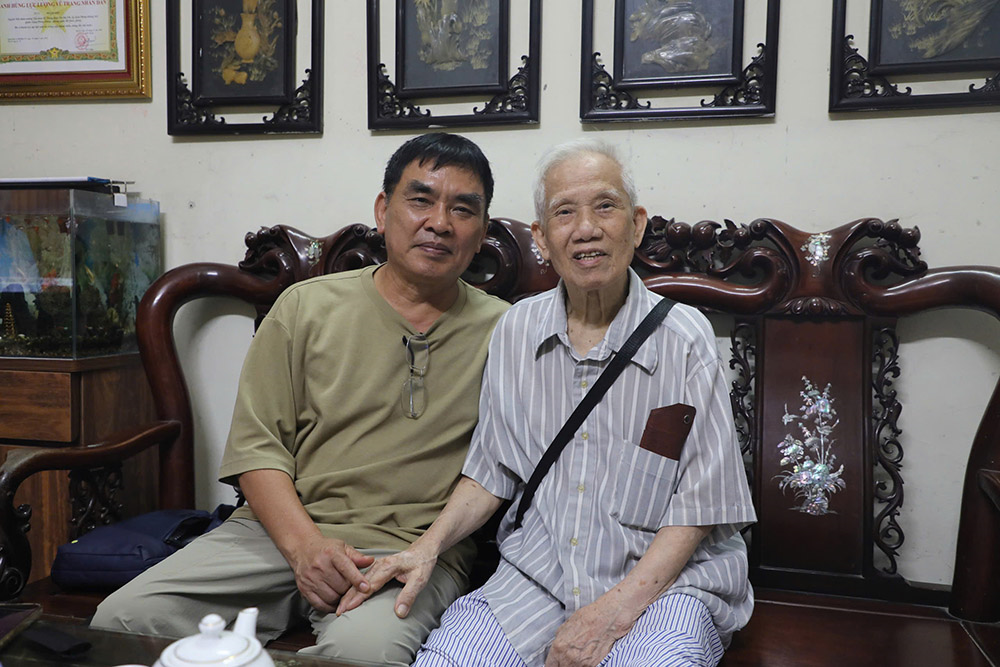 |
Colonel, Hero of the People's Armed Forces Pham Son (right) and the author of the article. |
In his unfinished diary, Lieutenant Le Hong Thinh wrote: “The battlefield is getting fiercer and fiercer, but I will not retreat. If I die, let me lie down facing the South so that I can continue to fight with my comrades to liberate the South and unify the country...”.
The wishes of Lieutenant Le Hong Thinh as well as the legitimate aspirations of the entire nation were turned into concrete actions by his comrades. Putting all the hatred, will and experience that had to be exchanged for blood on the launch pad, on the afternoon of September 17, 1967, Battalion 84 shot down the first B-52 "flying fortress" in the Vietnam battlefield with 2 bullets, affirming the special art of warfare in breaking through the fire belt of the US Air Force, building and perfecting the manual for fighting with B-52 for the entire force. Then, in the strategic air raid on the capital Hanoi at the end of December 1972, the B-52 of the US empire was defeated by the fire net of the Air Defense - Air Force and the army and people of the North.
To achieve the victory of “Hanoi- Dien Bien Phu in the air”, under the sky of Vinh Linh, there were fiery battlefields, enduring all the pain, challenges and sacrifices. There, between the two signals, Le Hong Thinh or any missile control officer of Regiment 238 that year would choose to bring the missile to its target and be ready to accept sacrifice. At the time of his sacrifice, Lieutenant Le Hong Thinh was 30 years old, with green hair, but fiery eyes. The last bright streak he left on the oscilloscope screen will forever remind us of a generation who fought selflessly for the independence and unification of the country.
Article and photos: PHAM KHAC LUONG - LE PHUONG DUNG
Source: https://www.qdnd.vn/phong-su-dieu-tra/phong-su/hai-tin-hieu-mot-lua-chon-838402



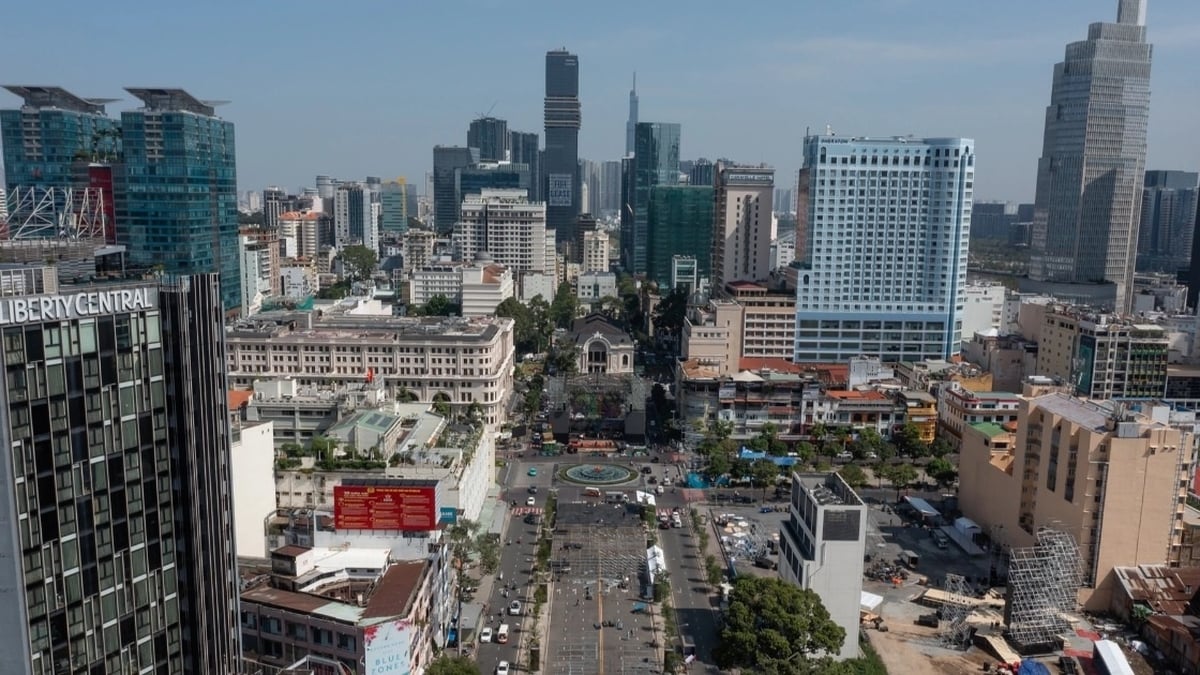

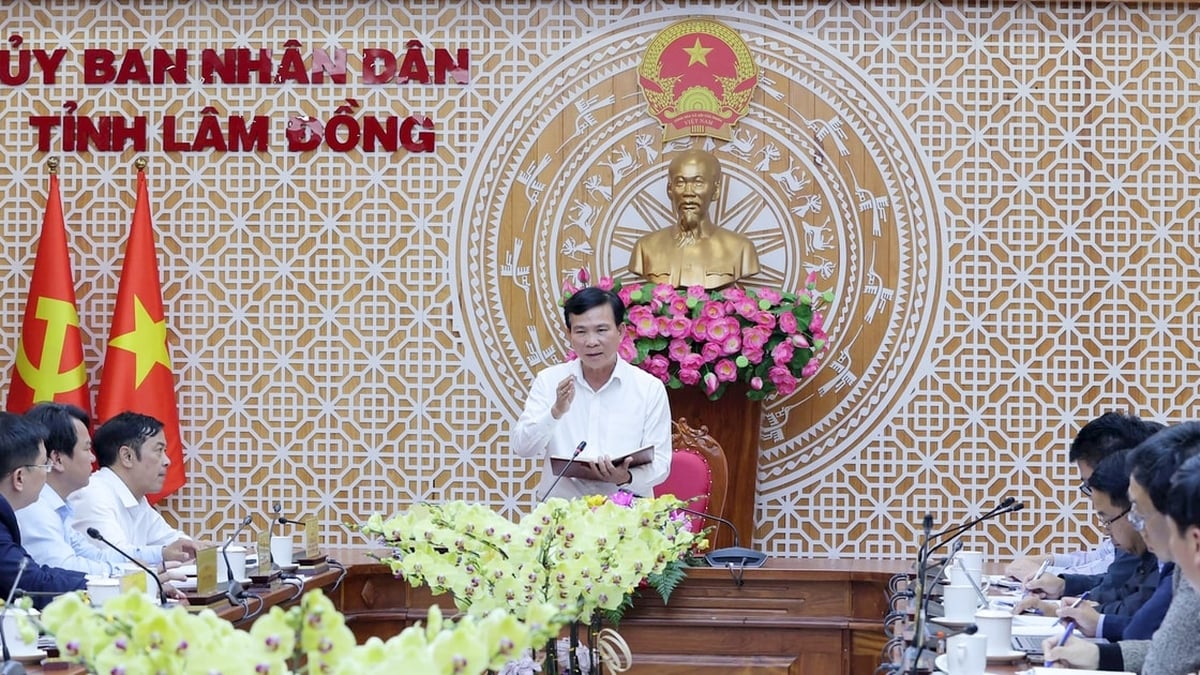
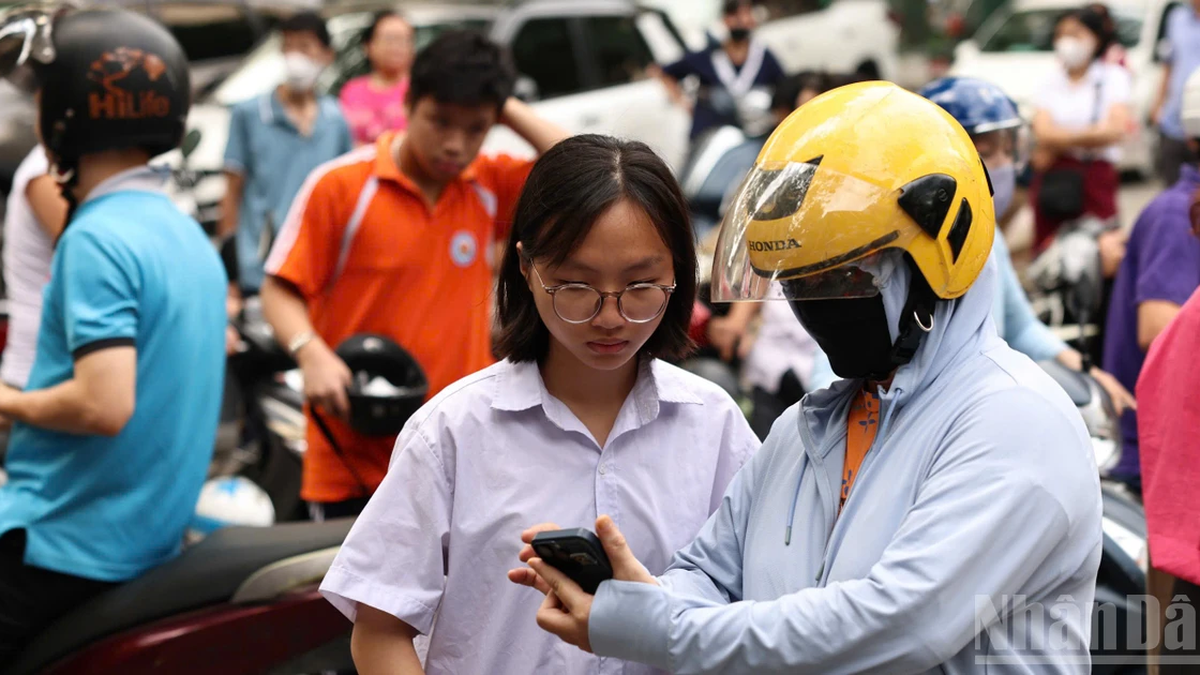
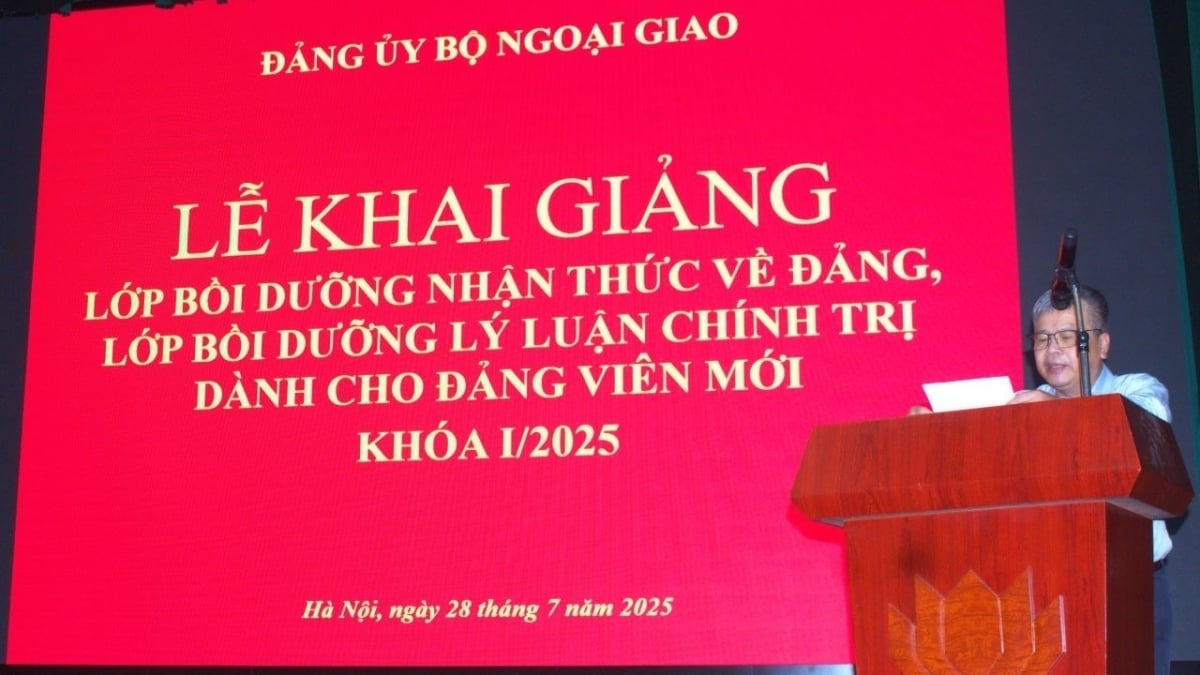
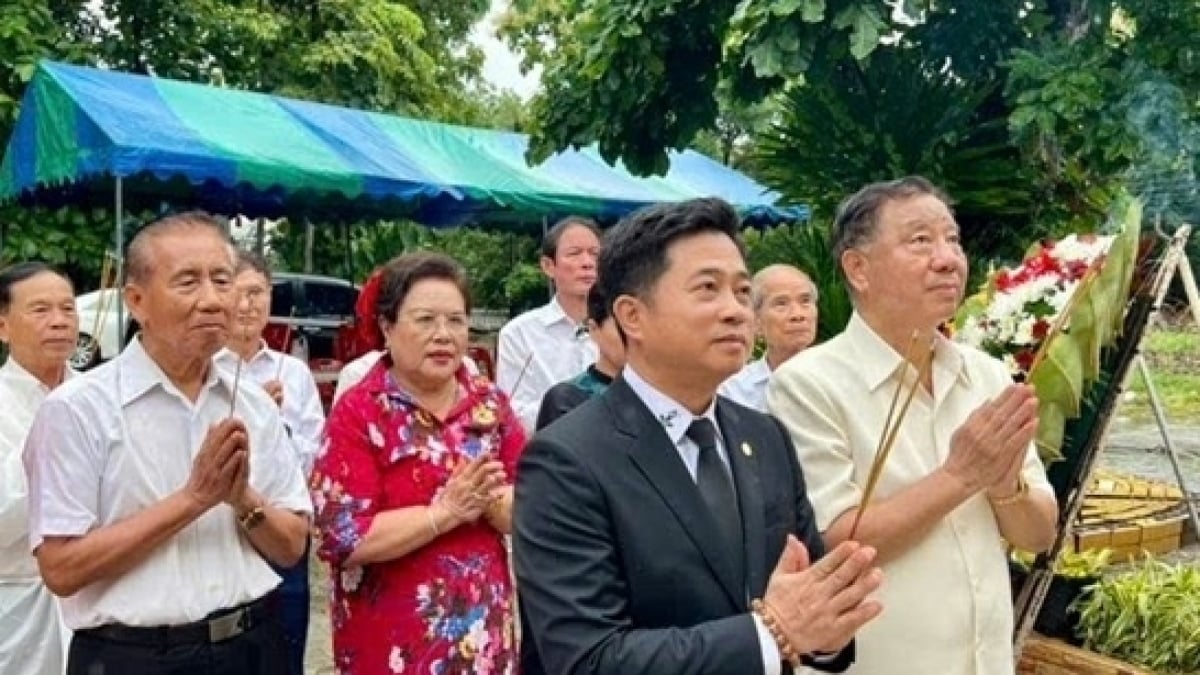
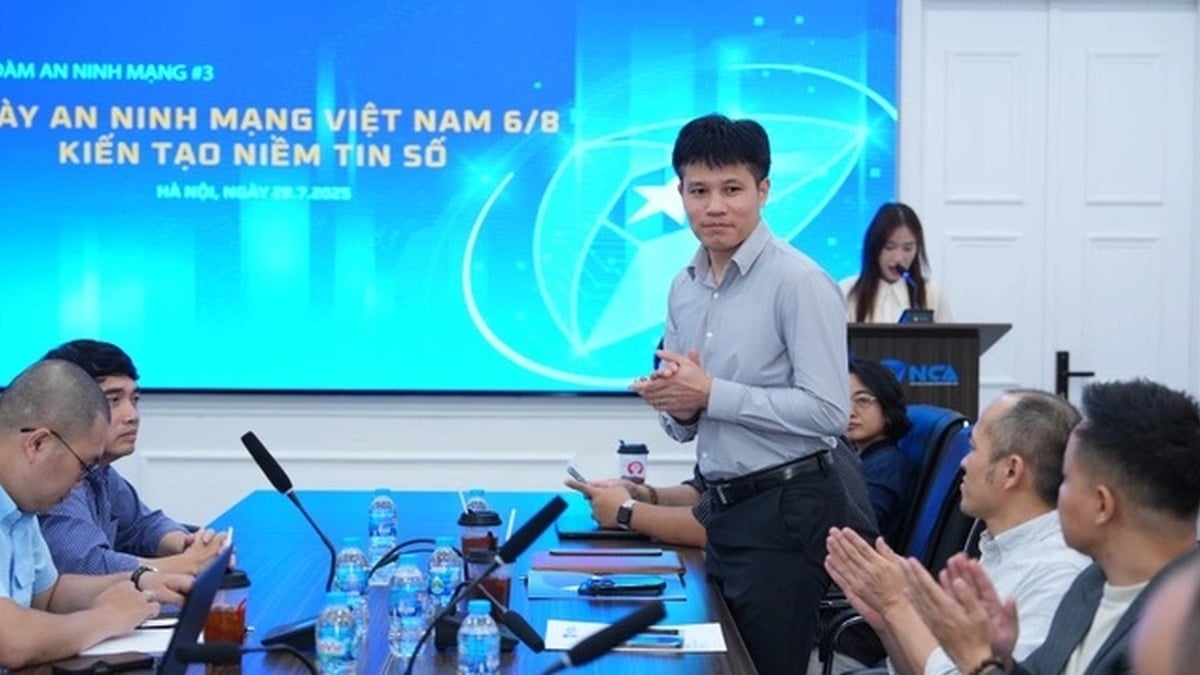

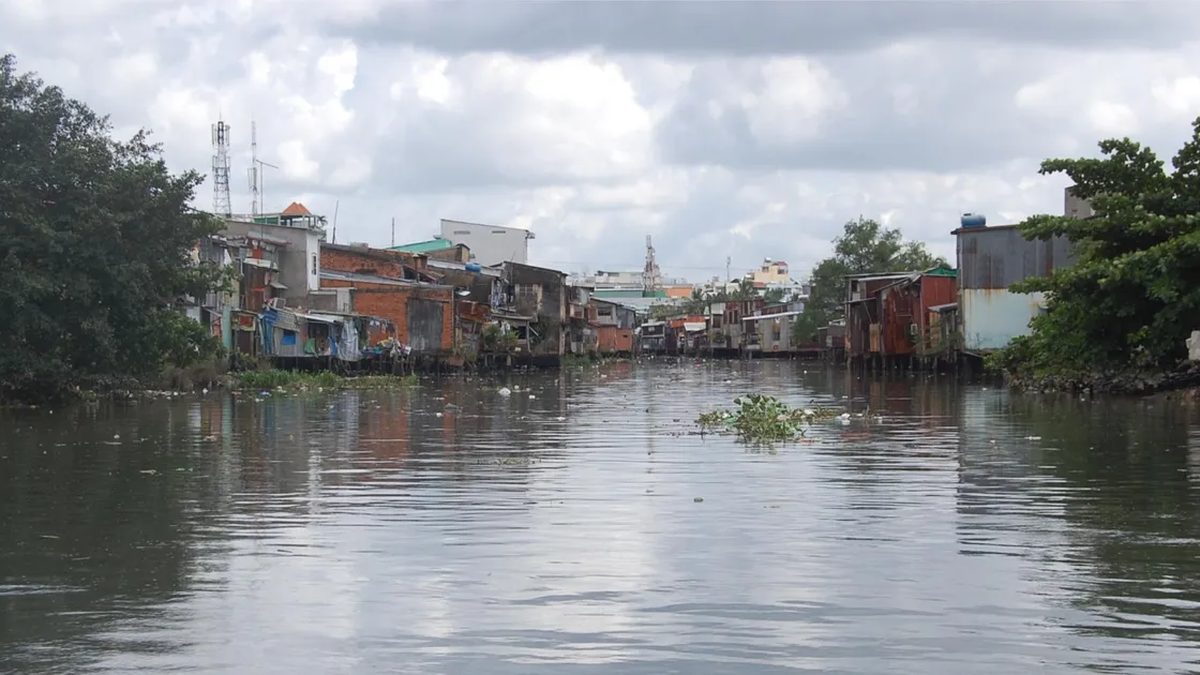












![[Photo] National Assembly Chairman attends the seminar "Building and operating an international financial center and recommendations for Vietnam"](https://vphoto.vietnam.vn/thumb/1200x675/vietnam/resource/IMAGE/2025/7/28/76393436936e457db31ec84433289f72)











































































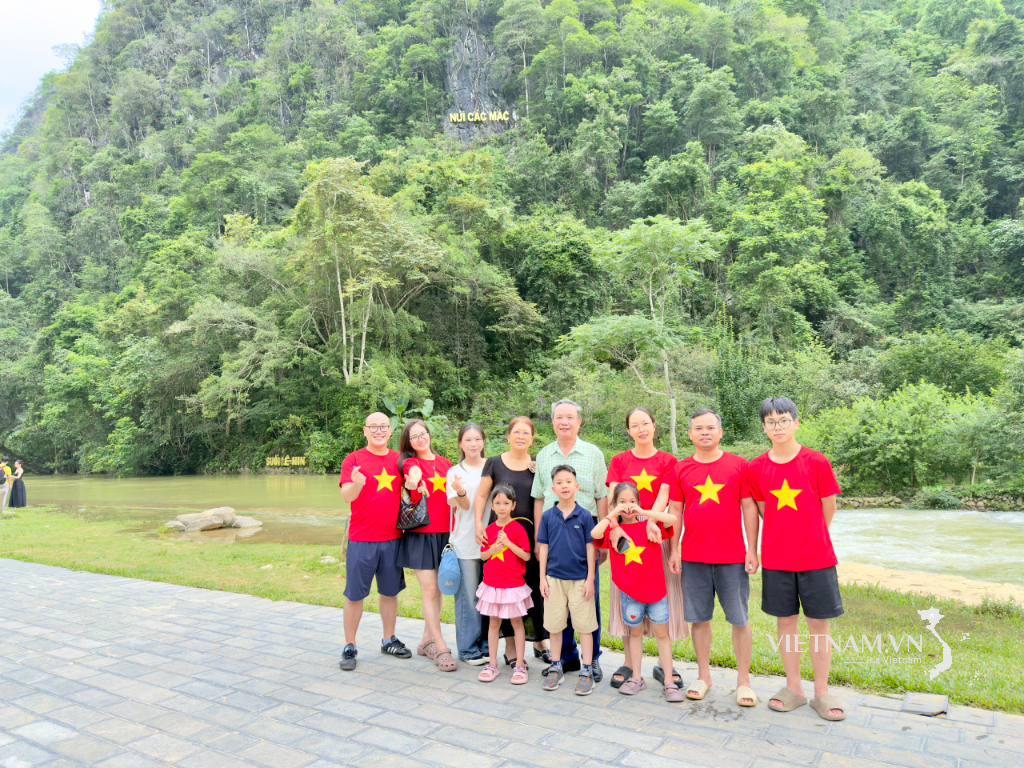
Comment (0)